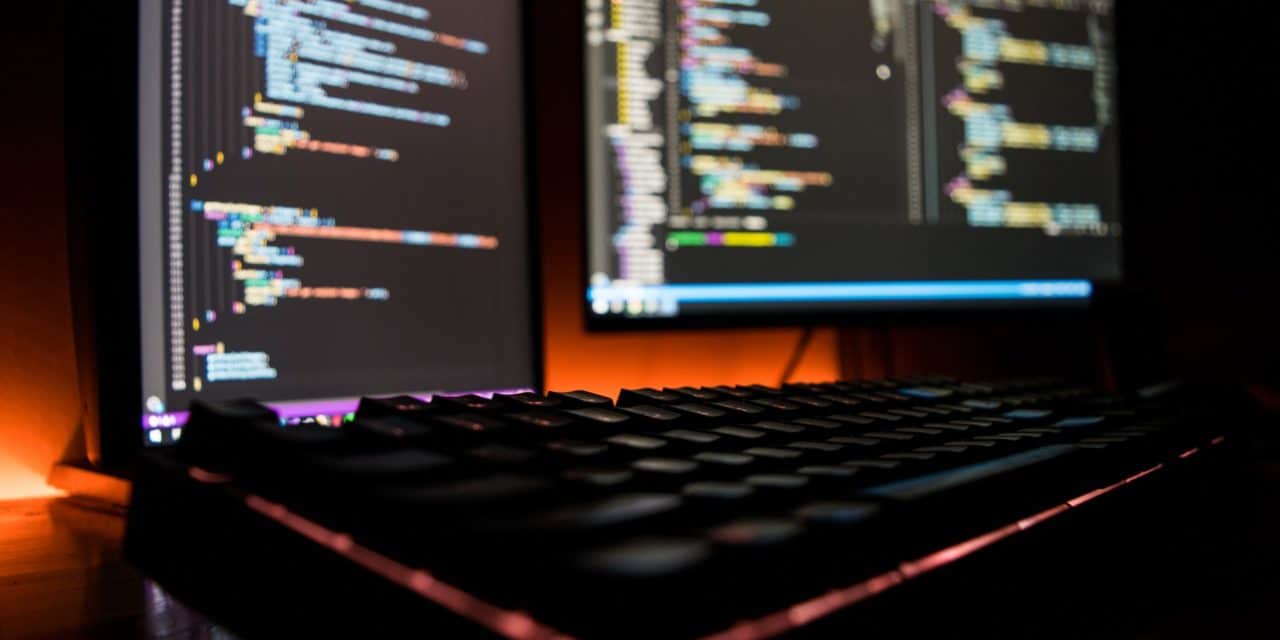[ad_1]
The 0xc1900208 error is caused by Windows 10 not having access to the files it requires to provide an update. The solution is to ensure the system has access to the files it requires.
The error will typically have the following message:
Installation Failure: Windows failed to install the following update with error 0xC1900208: Upgrade to Windows 10 Pro.
The reason for the error is down to how Windows updates its software.
To provide an update / upgrade, the system downloads a number of files from the Windows Update servers as a huge “Cabinet” file. This file allows the system to replace files / settings such that it's able to increase its functionality with a new edition.
The big problem with Windows Update is that if *any* files/settings become damaged or corrupted during the process, the system is not going to be able to process the files it requires. This is the case here.
Cause
The cause of the 0xC1900208 error in particular is that Windows doesn't have access to the files / settings it needs to get the system working with new updates.
To fix the error, you need to make sure that the Windows Update service is working correctly, and then that you're able to get the appropriate files/settings to get the system running smoothly again.
Solution
The steps to solve the problem are to first fix any issues with the Windows Update Service (which includes using the Windows Update Troubleshooter), as well as then managing any of the sub-systems within the system.
1. Troubleshooter
The first step is to use the inbuilt “Windows Update Troubleshooter” – which basically fixes the majority of pre-defined issues that Windows 10 will encounter with particular parts of its system.
- Click on the “Start” button (bottom left taskbar)
- From the left “charms” menu, select the “cog” (for Settings)
- When the “Settings” panel loads, select “Update & Security”
- From the left menu, select “Troubleshoot”
- Click “Windows Update”
- Follow the steps on screen
Once complete, try running Windows Update again.
2. Run SFC + DISM
The next step is to run the two inbuilt tools that Microsoft included to resolve errors such as this.
The “SFC” and “DISM” tools are designed to fix issue within the core of Windows, and work to fix everything from Windows Update errors to Windows being unable to run certain pieces of software.
You're able to use the following steps to use them:
- Press “Windows” + “S” keys on your keyboard
- Into the “Search” box, type “CMD”
- From the list that appears, right-click on the top listing and select “Run As Administrator”
This will load up the “Command Prompt” window, into which you're able to type the following:
- “SFC /scannow” + press “Enter”
- “DISM /Online /Cleanup-Image /RestoreHealth” + press “Enter”
After doing this, try updating Windows again. If it doesn't work, continue to the next steps below.
3. Restart Windows Update Service
The next step is to restart the “service” Windows uses to operate Windows Update.
To do this, you can follow the steps outlined here:
- If CMD is not open (from the previous step), you need to load that again
- To do this, press “Windows” + “S” keys on your keyboard
- Into the search box, type “CMD” and then on the top listing, right-click and select “Run As Administrator”
With this open, you'll then need to type the following into the window (press “Enter” after each line):
- net stop bits
- net stop wuauserv
- net stop appidsvc
- net stop cryptsvc
- net stop msiserver
- netsh winsock reset
- netsh winhttp
After this is done, you will also need to change the Windows Update folders (pressing “Enter” after each line):
- en %systemroot%\SoftwareDistribution SoftwareDistribution.bak
- ren %systemroot%\system32\catroot2 catroot2.bak
Finally, type the following (pressing “Enter” after each line):
- net start bits
- net start wuauserv
- net start appidsvc
- net start cryptsvc
4. Remove Conflicting Software
Finally, you will need to remove any conflicting software.
To do this, you need to follow the steps here:
- Right-click onto the “Start” button and select “Apps and Features”
- Scroll down the list and select any applications continually running on the system – including the likes of Antivirus and Internet monitoring systems
- Click on each and select “Uninstall”
- Once complete, restart your PC and attempt the update again
[ad_2]
Source by Richard Peck

